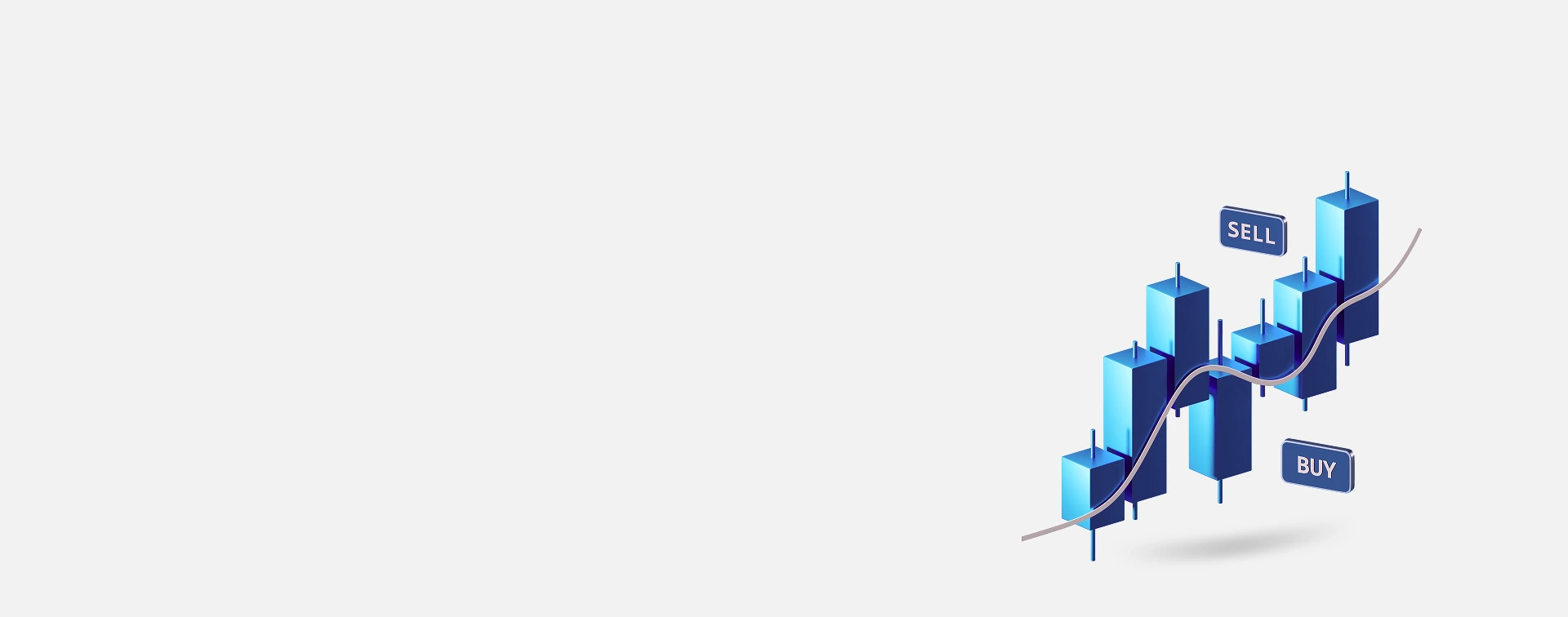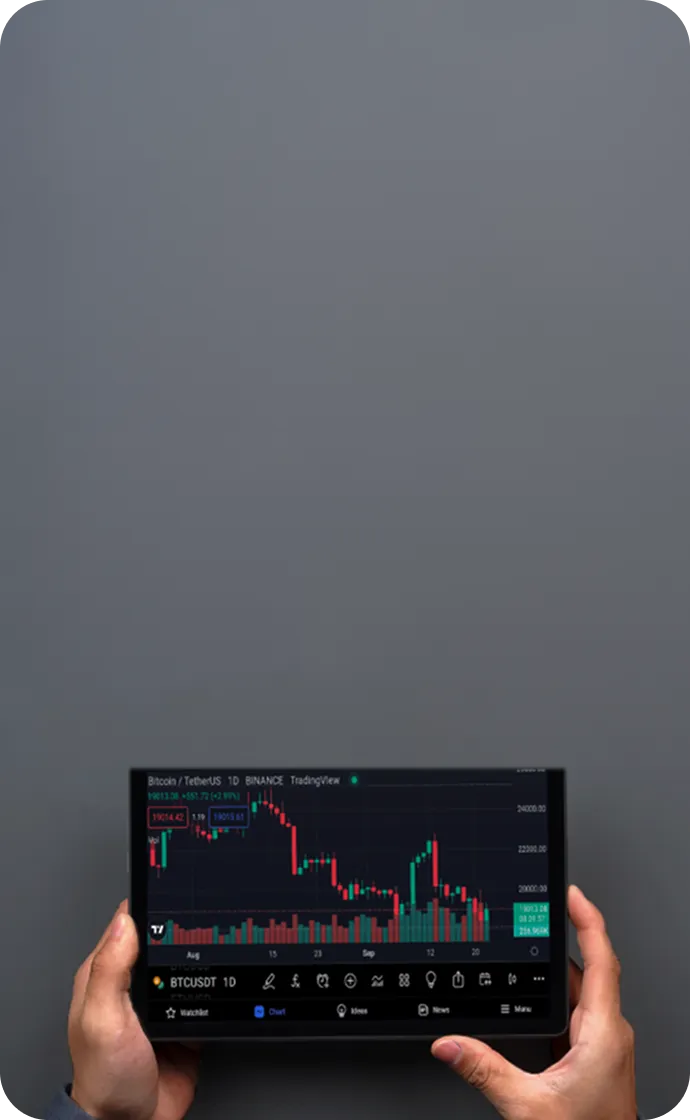

What is Day Trading? An Introductory Guide for Beginners
Day trading is a speculative trading strategy that involves buying and selling financial instruments such as forex, stocks, cryptocurrencies, gold, and others within the same trading day. The objective is to capitalize on small price movements by opening and closing positions before the market closes. It is a fast-paced approach, distinct from swing trading. This high-risk, high-reward strategy demands substantial expertise, skill, and discipline.
Key Takeaways:
- Day trading involves intraday speculation—by opening and closing positions within the same trading day—to capitalize on small price fluctuations while maintaining strict risk control.
- Day Trading for Beginners can be challenging. Novices should select liquid markets and instruments that align with their time zone, capital, and risk appetite to benefit from tighter spreads and manageable volatility.
- Implement a straightforward, testable trading plan—such as trend-following, support/resistance, scalping, mean-reversion, or news-based strategies—with clearly defined entry and exit points and position sizing to limit potential losses.
- Practice on a demo or small live account and maintain a trading journal to validate your edge before scaling your capital.
- Day trading suits disciplined traders with focus, time to monitor markets, and clear risk limits, rather than passive, set-and-forget investors.
- If you decide to proceed, start with small positions, written rules, stop-loss orders, and risk caps per trade to build consistency before increasing trade size.
What is Day Trading?
In the fast-paced environment of day trading, a solid foundation and sharp instincts are crucial. You need a thorough understanding of trading principles, financial& trading terminology, and the specific characteristics that differentiate day trading from longer-term investment strategies.
For instance, understanding "gapping risk"—–the risk of significant overnight price gaps–—explains why day traders close positions before the market closes. Mastering popular chart types and technical indicators is also essential when developing your day trading strategy.

Familiarize yourself with the various instruments you'll trade. When day trading CFDs, you will use Contracts for Difference (CFDs) to potentially profit from both rising and falling markets. If you prefer stocks, you should understand which shares or indices are best suited for day trading in your chosen global market.
Day Trading For Beginners: What Should I Trade?
Selecting the appropriate market for day trading is critical and should correspond with your personal schedule (as some markets have fixed closing times), interests, trading capital, and risk tolerance.
- The forex trading market is well-known for its high volatility, liquidity, leverage, and vast selection of currency pairs, making it an attractive choice for day traders.
- Shares are particularly popular among beginners. One of the key advantages of trading CFD shares is the ability to specialize in specific stocks or sectors, enabling traders to make informed decisions based on market dynamics, which appeals to beginners.Day trading shares via CFDs also allows traders to speculate on price movements without holding positions overnight.
- Day trading indices is another popular option, providing exposure to a basket of stocks rather than individual companies.It's a market with fixed trading hours, and traders using Indices CFDs typically avoid overnight positions. This helps diversify risk across multiple stocks instead of concentrating on a single company.
The next essential component of your day trading toolkit is understanding the trading platform you'll use. MetaTrader 4 (MT4) and MetaTrader 5 (MT5) are widely used platforms that facilitate efficient trade execution. Allocate time to familiarize yourself with the core features of your chosen platform.
Practical Day Trading Strategies for Beginners
Your success in day trading largely depends on the strategy you adopt. Below are beginner-friendly strategies applicable across various CFD markets.
Trend Following Techniques in Day Trading
This approach involves analyzing the price direction of an asset and executing trades aligned with the prevailing trend. Technical indicators such as the Moving Average Convergence Divergence (MACD), Fibonacci Retracement and Relative Strength Index (RSI) can assist in identifying trends and optimal entry points.

Support &and Resistance Levels for CFD Day Trading
Identifying support and resistance zones on price charts can help forecast future price movements. Effective use of this information starts with selecting the appropriate timeframe for your strategy, ranging from short intervals like 10 minutes or 1 hour to longer periods exceeding a week.

Scalping Strategies for Intraday Trading
Scalping is a strategy focusing on executing numerous small trades throughout the day to accumulate profits. It demands strict exit rules and risk management to mitigate losses from overnight price gaps. Common indicators used in scalping strategies include moving averages, RSI, and pivot points, among others, which you should explore before adopting this approach.

Mean-Reversion Strategy in Day Trading
The mean-reversion strategy is based on the premise that prices tend to return to their historical averages. By analyzing moving averages, MACD, regression lines, and other technical indicators, traders can identify potential reversal points and trade to profit when prices revert to expected ranges.

News Trading Tactics for Day Trading Beginners
This strategy involves trading based on economic news releases and market events. By staying updated on scheduled announcements and reacting swiftly to breaking news, you can capitalize on the volatility these events generate. Most financial news is scheduled in advance in the economic calendar (including economic indicators, employment reports, and corporate earnings).
When trading news, it's vital to understand how different assets react to specific information. For example, an intraday crude oil trading strategy will depend on different news factors than a gold day trading strategy. Headlines can impact indices and stocks differently; for instance, the S&P 500 is generally more sensitive to US economic data, while the FTSE 100 responds more strongly to UK updates. Additionally, be prepared for unexpected news that can trigger sudden market moves.

No strategy guarantees profits, but applying risk management tools such as stop-loss orders can help protect your capital and control potential losses.
Practice Makes Perfect: Day Trading Simulations (Simulated Trading)

Before committing significant capital to day trading, consider practicing on a demo account or a live account with minimal funds. This hands-on experience helps develop the skills and confidence needed to refine your strategies.
Starting with small lot sizes and maintaining a trading journal to document your strategies, results, and observations is advisable. This process aids in identifying the most suitable assets and effective strategies, allowing you to scale your trading over time.

Is Day Trading Right for You?
Having covered the fundamentals, it's time to assess whether day trading CFDs on Forex, Shares, Indices, Energies, Gold, Silver, or Crypto, fits your skills and temperament. This demanding trading style requires discipline, focus, and a commitment to ongoing education. You're not simply investing and forgetting; day trading requires constant market monitoring to make timely decisions.
If you're ready to take on the challenge, begin with a small investment and gradually increase your exposure as you gain experience. Remember, day trading can yield significant profits but also substantial losses, so it's crucial to trade responsibly by setting realistic risk limits and never risking more than you can afford to lose.
Ready to Begin Your Day Trading Journey?
This guide has introduced you to the dynamic world of day trading CFDs, where you can explore diverse strategies across multiple markets. Although the timeframes are short, the opportunities can be extensive for disciplined and persistent day traders.
At TMGM, we're dedicated to providing day traders with an outstanding trading environment designed to help you seize opportunities quickly and confidently. Our team supports you at every stage. Whether you're new to trading or aiming to diversify your portfolio, we offer the expertise and assistance you need to succeed.
Remember: Trading CFDs carries risk, but with the right strategies, mindset, and tools, trading can be a rewarding endeavor. Let's collaborate to unlock your full trading potential.
Trade Smarter Today






Account
Account
Instantly




